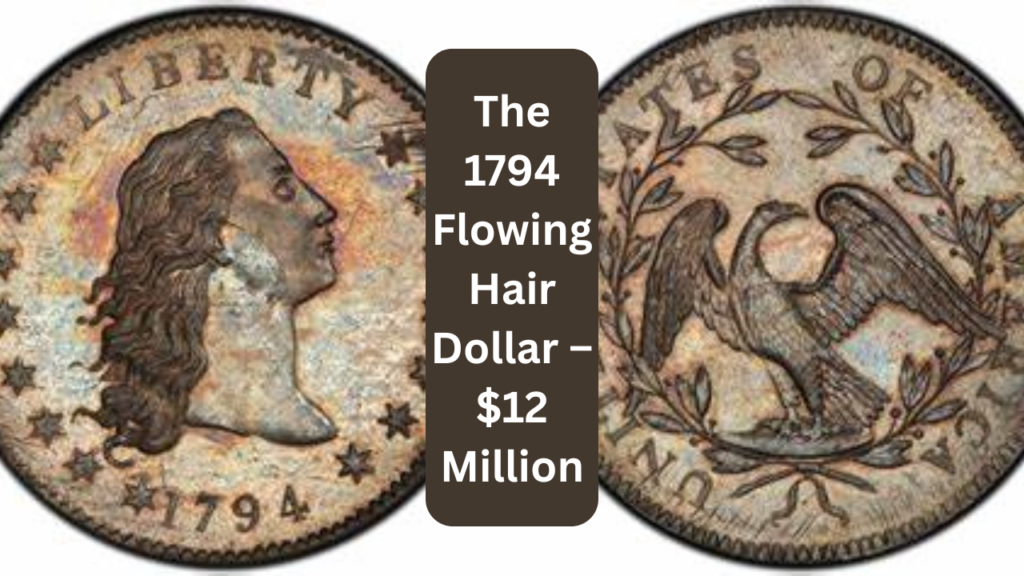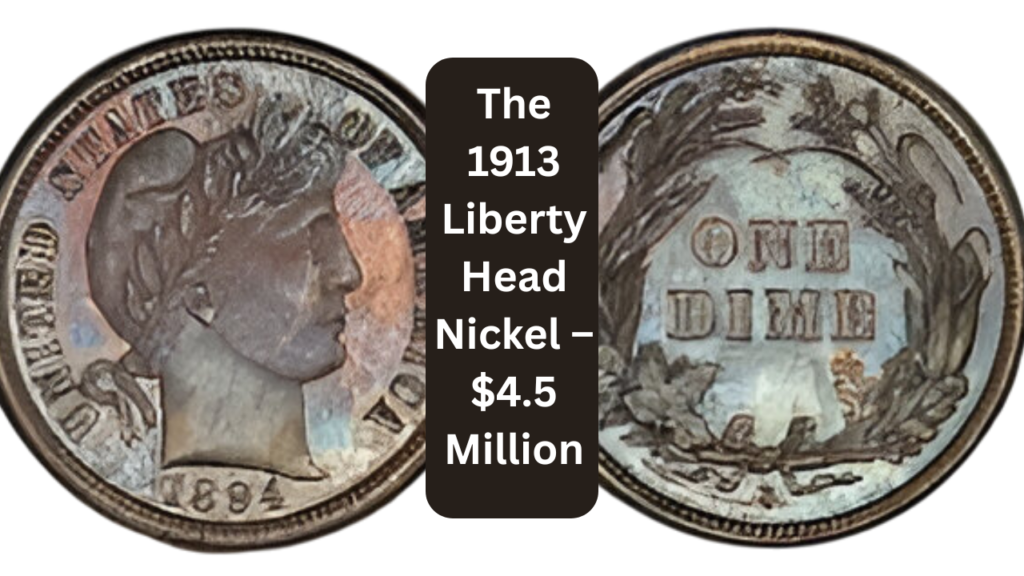Coins have always been more than money. Rare coins have been the dream of collectors, historians, and investors throughout history. Some of them are so rare that their price soars to the millions – or even the billions! Are you unaware of having one of these remarkable coins? Let us take a peek into the amazing world of rare coins, look at their worth, and know why they command such respect in the numismatic community.
6 Rare Coins:
| Key Point | Details |
|---|---|
| Most Expensive Coin Ever Sold | The 1933 Double Eagle sold for $18.9 million in 2021. |
| Rarest Coins | 1794 Flowing Hair Dollar, 1787 Brasher Doubloon, 1933 Double Eagle. |
| Factors Driving Value | Rarity, historical significance, minting errors, condition, and demand. |
| How to Check Your Coins | Look for specific mint years, errors, and certifications. Consult experts or use coin appraisal services. |
| Top Resources for Collectors | Professional Numismatists Guild |
Timeless artifacts known as rare coins fascinate individuals from different historical periods. Anyone striving to build a coin collection needs to grasp aspects like those which determine coin value because they will identify the true gems in their collection. Before moving into serious numismatic research both expert advice and historical research must be obtained by those who possess rare coins. Metal pieces embrace historical documentation that could result in discovering your next million-dollar item in your collection.

Rare coins possess such high value because of multiple factors
Rare coins contain historical data because metals alone do not explain their value. People love collecting coins because of the following three factors:
Price increases with the scarcity of the coin because rarity represents high value.
- demonstrates historical importance because it acts as a representation of past events.
- Popular demand for minting error coins stands high because of their distinct flaws.
- A flawless new coin that appears straight from its mint production holds the maximum market value through its excellent state combined with precise manufacturing quality.
- Market demand of coins has a direct effect on their market prices because collectors show increased interest in particular coins.
The 1933 Double Eagle is a numismatic icon. Most Double Eagles produced for circulation went for destruction as the United States moved away from using the gold standard. The surviving examples include this coin which sold for an historic $18.9 million during 2021. Its historical popularity derives not only from its rarity but from the juvenile legal dilemma along with certain unique chapters in its endurance.
1. The 1794 Flowing Hair Dollar – $12 Million
The 1794 Flowing Hair Dollar serves as a historical masterpiece among the very first silver dollars issued by the United States. This coin ranks among the most desired worldwide because of its historical value and scarcity. Historians believe this coin represents among the initial group of currency produced thus linking it directly to the foundation of America’s financial system.

2. The 1787 Brasher Doubloon – $9.36 Million
The legends surrounding this coin started when a private goldsmith made it because of its excellent workmanship and interesting background. The coin illustrates the business-mindedness that defined early American society. The EB punch marks that appear on this coin confirm its origins as an Ephraim Brasher piece giving it a superior historical value.
3. The 1943 Copper Penny – $1.7 Million
During World War II the U.S. government started making steel pennies yet a few copper pennies occurred in this production process. These coins are extremely rare, with very few examples still in existence today. Their worth is also increased by the war-torn history of America and the intrigue surrounding the production of these coins.
4. The 1913 Liberty Head Nickel – $4.5 Million
None of the coin’s background data exists since authorities have no official paperwork showing its minting. Scientists have recorded five nickel coins that represent unique historical stories. Its market value results from both its rarity and history so luxury collectors should own one.

5. The 2007 $1 Million Canadian Gold Maple Leaf – $4 Million
The gold piece represents Canadian minting excellence through modern advanced technology’s reflection. Its limited production cycle and special features have made it a part of numismatic history.
How to Identify Rare Coins in Your Collection
Checking all your coins carefully will reveal any valuable pieces in your money jar. Begin by checking these simple steps to detect valuable coins in your collection.
Step 1: Look at the Year and Mint Mark
Rare coins gain their special status from particular mintmarks used during specific years. For instance:
- The copper 1943 penny.
- The Liberty Head 1913 nickel.
Each coin location determines where the coin received its stamp of approval which displays on the coin’s face as its mint mark. Some coins from a particular mint or year are particularly valuable.
Step 2: Check for Minting Errors
Coins with flaws, like double strikes, off-center photos, or mismeared dates, tend to be very valuable. These flaws render them unique and sought after. Errors from past coin productions especially come from the 1955 Doubled Die Penny and the 2004 Wisconsin Extra Leaf Quarter.
Step 5: Research Online Resources
Numerous online platforms and databases provide tools for identifying and valuing coins. Websites such as NumisMedia and CoinTrackers offer up-to-date pricing guides, while auction sites such as Heritage Auctions provide historical sales data.

Tips for Selling Rare Coins
Selling a rare coin is an exhilarating yet intimidating task. Use these real-world tips to get the best price for your coin:
- Authenticate Your Coin: Certification from a well-established grading service is necessary.
- Research Its Worth: Look at auction history, current market trends, and online estimates to determine its value. Knowledge is power when dealing with prospects.
- Select the Proper Marketplace: There are auction houses, online marketplaces such as eBay, and professional coin dealers. Each has advantages and disadvantages, so select according to the worth of the coin and your ease.
- Negotiate Smartly: If selling to a dealer, don’t hesitate to negotiate or seek multiple offers. A second opinion can often lead to a better deal.
- Leverage Social Media and Forums: Online communities of coin collectors can provide valuable insights and potential buyers. Platforms like Reddit’s r/coins or dedicated Facebook groups are great starting points.
FAQs:
How do I know if my coin is valuable?
Start by checking its year, mint mark, and condition. Rare years, minting errors, and well-preserved coins are key indicators of value. For example, the 1943 copper penny stands out due to its unique year of minting.
Where can I get my coin appraised?
You can consult organizations like the Professional Numismatists Guild or visit a certified coin dealer in your area. Many grading services, like PCGS or NGC, also offer online submission options.
Are modern coins ever valuable?
Yes! Coins with minting errors or special editions, like proof coins, can have significant value. For example, the 2000 Sacagawea Dollar with a “mule” error is highly sought after.
How should I store rare coins?
Store coins in protective cases or sleeves in a cool, dry environment to prevent damage. Avoid touching them directly to maintain their condition. Consider investing in a temperature-controlled safe for long-term storage.
